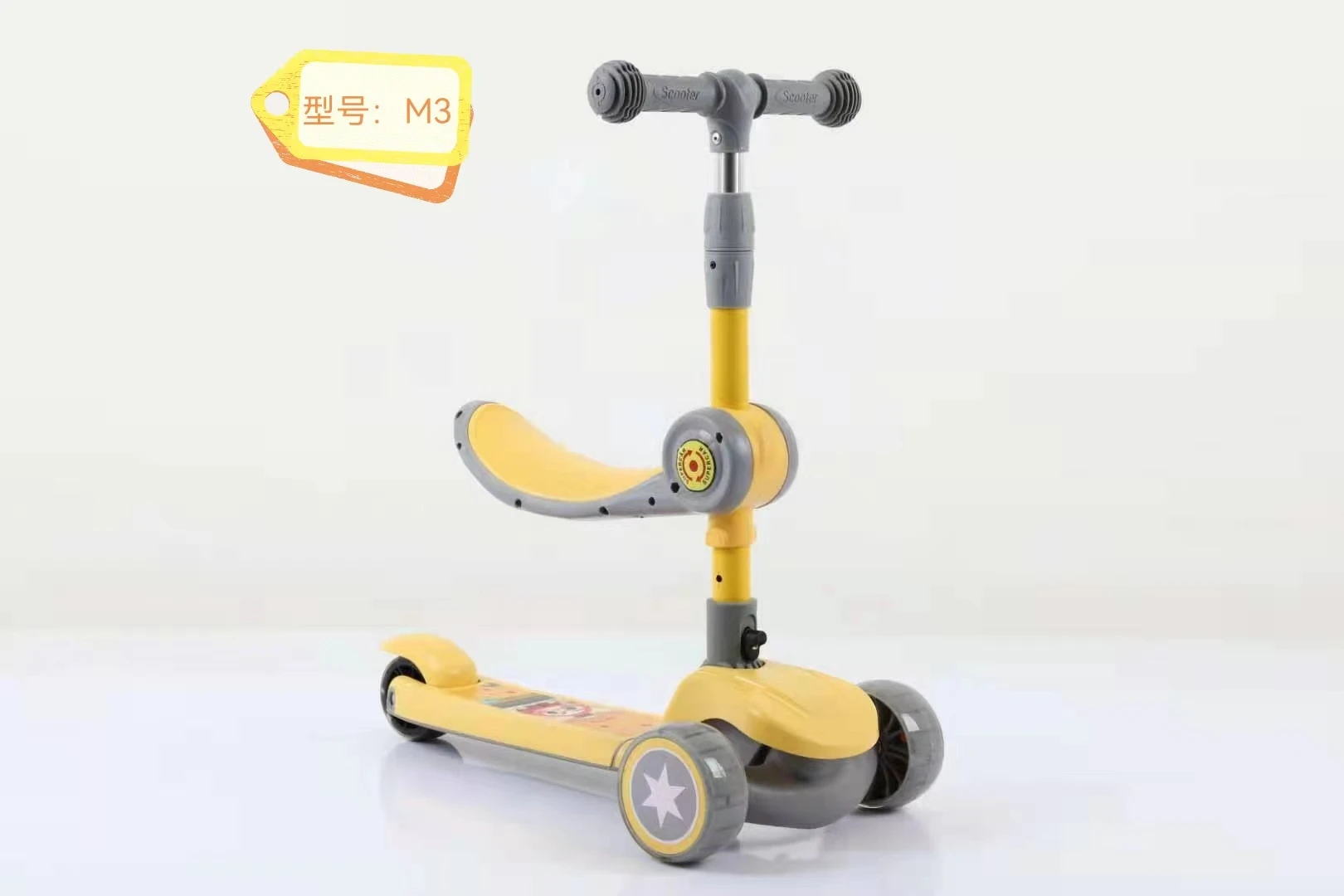Choosing the Right Bike Size for Kids to Ensure Comfort and Safety
Choosing the Right Size Kid's Bike A Guide for Parents
When it comes to getting your child their first bike, choosing the right size is crucial for their safety, comfort, and enjoyment. Riding a bike is not just a fun activity; it also promotes physical fitness, coordination, and independence. However, if the bike is too small or too large, it can lead to frustration and even accidents. Therefore, understanding kid bike sizes is essential for parents aiming to provide a positive cycling experience for their children.
Understanding Bike Sizes
Kid's bikes are typically measured in wheel size rather than frame size, which can be a bit confusing for parents. The wheel size (in inches) corresponds to the age and height of the child. For example, bikes come in sizes such as 12 inches, 14 inches, 16 inches, 18 inches, 20 inches, and 24 inches. Each size is designed to cater to specific age groups and height ranges.
- 12-inch wheels are generally suitable for toddlers aged 2 to 4 years who are about 30 to 39 inches tall. - 14-inch wheels are typically designed for children aged 3 to 5 years with heights of 36 to 42 inches. - 16-inch wheels fit kids aged 5 to 7 years, usually measuring 42 to 48 inches in height. - 20-inch wheels are aimed at children aged 6 to 8 years or those who are 48 to 54 inches tall. - 24-inch wheels can accommodate older kids aged 8 to 12 years, typically who are 54 inches and up.
Importance of Proper Fit
A properly fitted bike allows your child to reach the pedals comfortably while maintaining control of the handlebars. When selecting a bike, you should ensure that your child can sit on the seat and have both feet flat on the ground. This position provides stability and allows them to push off easily when starting to ride. Additionally, when gripping the handlebars, your child should be able to maintain a slight bend in their elbows, preventing strains.
Testing the Bike
Before making a purchase, it’s advisable to have your child test ride the bike if possible. Pay close attention to their posture and comfort level. They should be able to steer and maneuver the bike with ease. If they’re straining to reach the pedals or are tippy-toeing on the ground, the bike is likely too big. Conversely, if they’re cramped in the saddle, it’s too small.
kid bike size

Growth Considerations
Kids grow quickly, so it’s also wise to consider a bike with some adjustability. Many children’s bikes come with seat height adjustments that allow the bike to grow with them. Sturdy frames and durable components are essential to withstand the wear and tear of growing children.
Safety Features
Beyond the size, safety cannot be overlooked. Ensure the bike has essential safety features such as a good braking system and reflectors for visibility. Consider the addition of a helmet, knee pads, and elbow pads to minimize injuries while your child is learning.
Encouraging Independence
Investing in the right size bike will not only keep your child safe but will also help them gain confidence in their riding skills. As they become more skilled, encourage them to explore new riding environments, such as parks and bike trails. This can further enhance their experience and foster a lifelong love for cycling.
Conclusion
Choosing the right size bike for your child may require a little bit of research and patience, but the joy of seeing them ride confidently down the street is worth the effort. Remember to factor in their age, height, and growth potential when selecting the perfect bike size. A well-fitted bike can turn a simple ride into an adventure, laying the groundwork for a healthy, active lifestyle. So gear up, lock in that perfect size, and let the adventures begin!
-
Unleash Your Adventurous Spirit with All Mountain BikesNewsOct.31,2024
-
The Perfect Ride for Your Little Ones: Kids TricyclesNewsOct.31,2024
-
The Joy of Riding: Quality Kids Mountain BikesNewsOct.31,2024
-
The Excitement of Kids Scooters – Choose Your Adventure!NewsOct.31,2024
-
Kids' Bikes: Find the Perfect Ride for Your Little OnesNewsOct.31,2024
-
Experience the Fun of Swing CarsNewsOct.31,2024
-
Why a Giant Bike for Kids is a Top ChoiceNewsOct.24,2024








